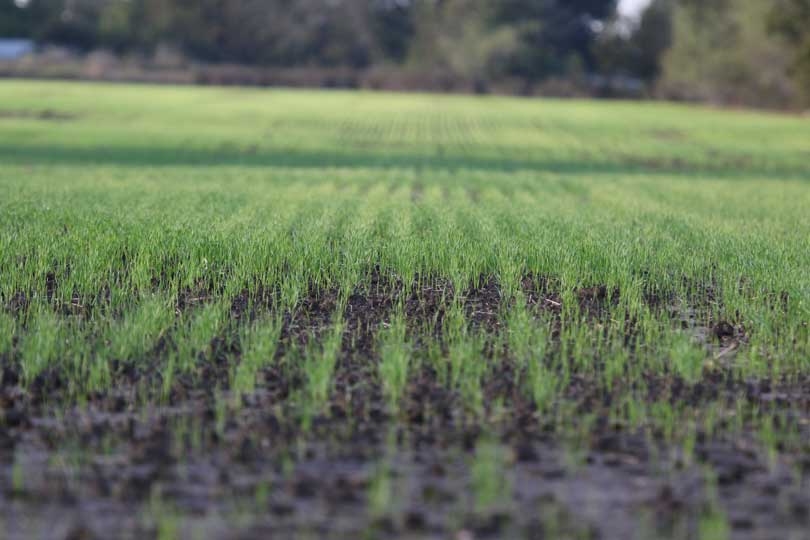By Justin Walker
Communications Specialist
Projected winter moisture could increase wheat acreage this season, according to Texas A&M AgriLife Extension Service experts.
A statewide bump is anticipated, Dr. Clark Neely, AgriLife Extension small grains and oilseed specialist, said. Wheat acres in Texas have hovered around 4.5 million, which Neely described as exceptionally low.
But recent price trends are projecting 4.7 to 5 million acres, he said.
“Prices crept up in June and August,” Neely said in an interview with AgriLife Today. “They’ve fallen since, but prices are higher than they were last year, and the rally may be enough to entice growers, especially on acres that haven’t had wheat in their rotation in a while.”
Mother Nature will play a significant role in dryland acres, he said, because subsoil levels in the High Plains and Rolling Plains—major wheat growing regions—are not at levels sustainable for dryland wheat fields.
Dryland wheat accounts for a large percentage of wheat acreage in the Panhandle and South High Plains.
“There’s a fairly strong trend that we’ll have more moisture this winter,” Neely said, referencing the El Niño weather pattern. “If we don’t, there’s not much moisture in reserve for wheat.”
Wheat growers in the High Plains have started planting winter wheat pastures for grazing, Dr. Jourdan Bell, AgriLife Extension agronomist, said, although some are still waiting on moisture.
Recent scattered showers have benefited some areas, Bell said. Moisture levels have resulted in good planting conditions for some growers, with forecasts calling for more rain and temperatures in the 80s. Bell said this will help reduce rapid soil drying and create ideal conditions for wheat drilling.
Other areas, however, have not received the same showers and lack subsoil moisture. While there may be enough moisture to germinate the wheat, these areas will need more precipitation to avoid running out of moisture and losing the crop, Bell said.
“Many irrigated producers who planned to have wheat pastures ready for grazing by early fall have already planted,” she said. “There are also producers who plant wheat as late as December, after corn and cotton harvest, but the bulk of planting is in September and October. Producers are still watching the weather and markets, so we don’t know just yet what producers are considering with their acres.”
Despite reductions of wheat acreage in recent years, Bell expects numbers to be steady this season, especially for grazing.
“Winter wheat is very important for the cattle industry in this region,” she said. “Producers may graze their fields and watch the market before deciding they want to take it to grain.”

